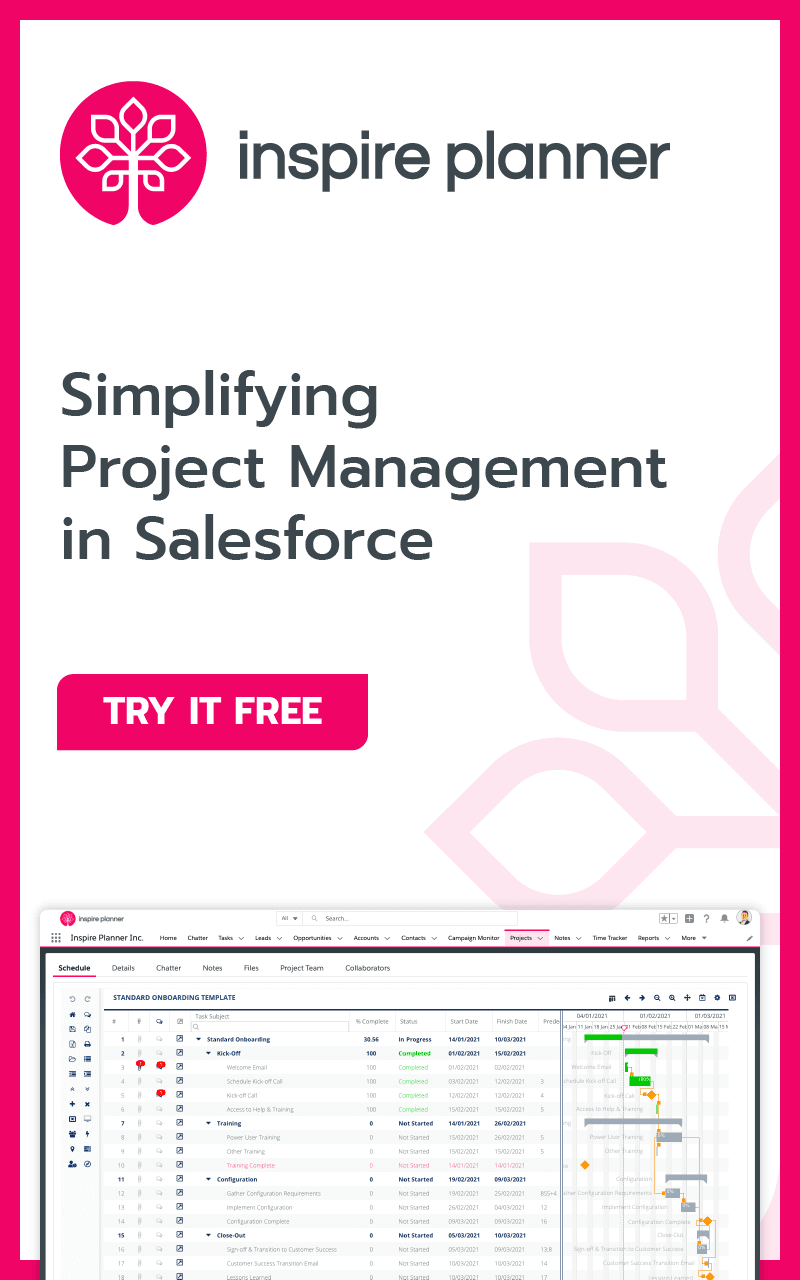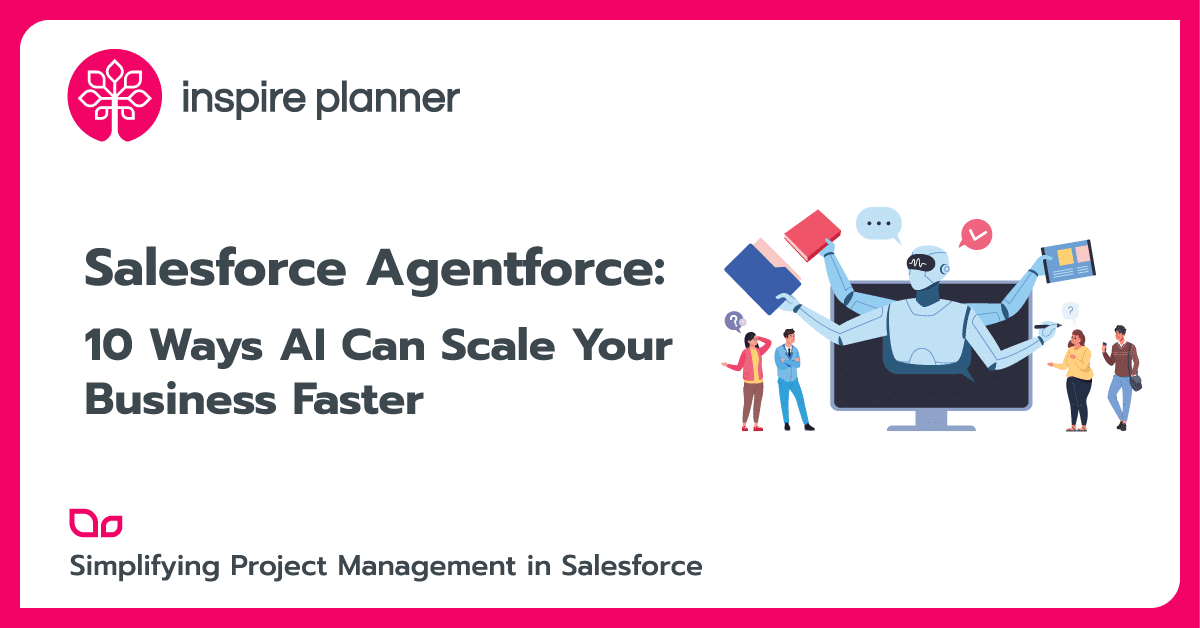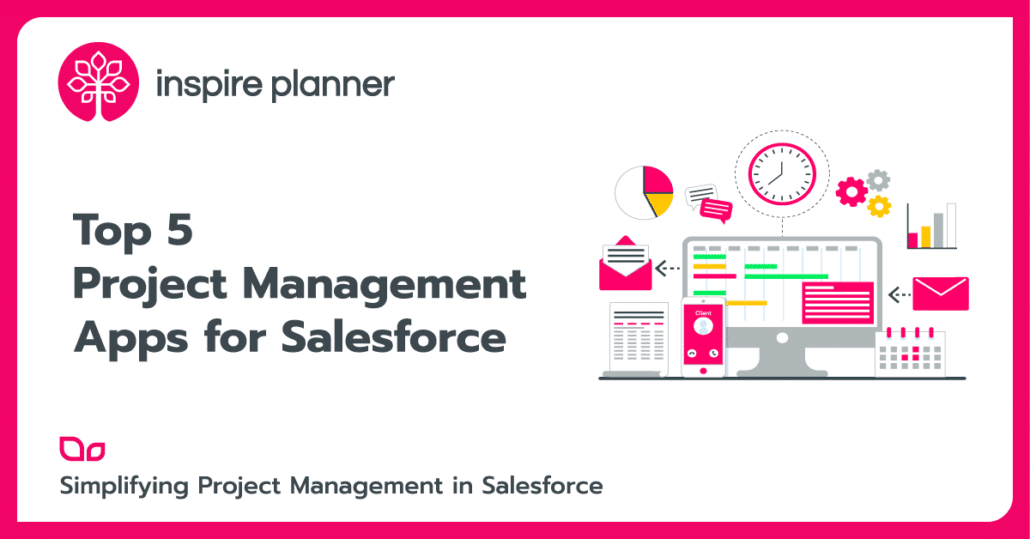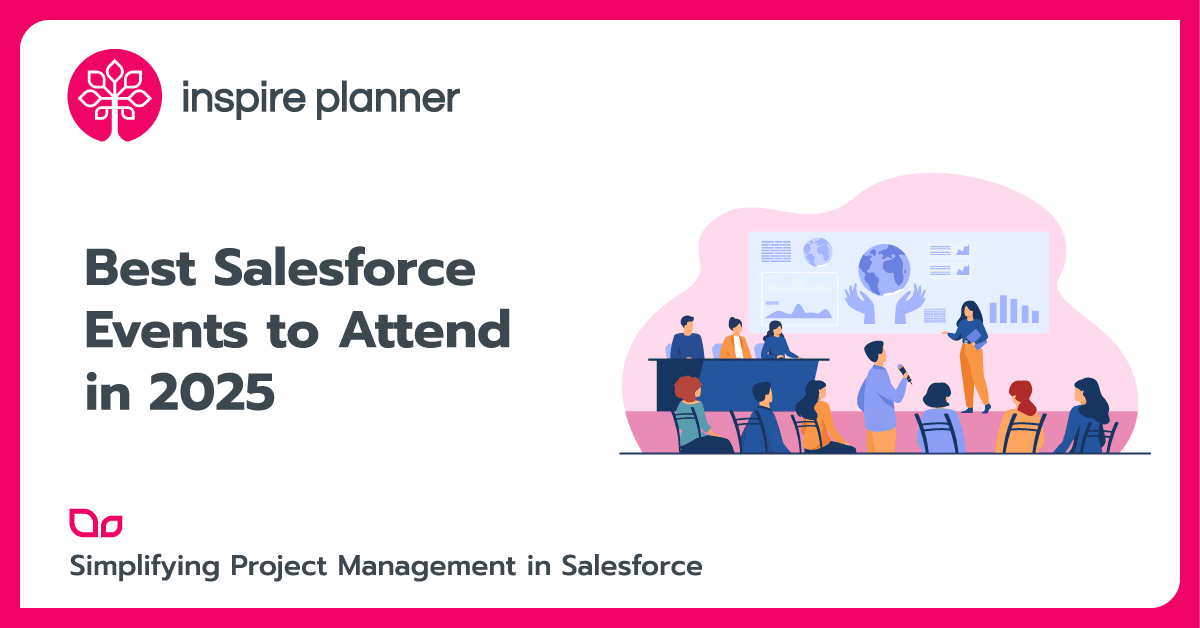9 Best Practices to Increase Salesforce User Adoption
Salesforce
Salesforce is a business tool with awesome features that can help your team sell more and complete projects more successfully. However, Salesforce can also be an expensive tool, especially if you’re paying but users aren’t using it! With average Salesforce pricing costing between $25 and $300 per user, if your users are not fully utilizing your Salesforce instance, that monthly cost can add up quickly. There are many reasons as to why you may have resistance from Users to working with the platform or low Salesforce user adoption. However, there are many ways you can engage your team to start using Salesforce more and enjoy it more too.
Using Salesforce may increase revenues by 28%, win rate by 26%, and sales productivity by 38% according to a large customer survey. However, when it comes to understanding the roadblocks one may encounter on their Salesforce transformation journey, it is good to be precautious, after all, prevention is better than cure. Be it an organization-wide CRM transformation or a Business Unit (BU) specific change, there are certain people-process alignment areas, which if go unnoticed may lead to large scale implications on the value delivered to end-users – one such is ‘Salesforce User Adoption’.
According to a report by Forrester, “22% of all reported problems were people-related or linked to Salesforce user adoption. While many often cite the technological difficulties in implementation, the real obstacles are in winning over non-believers”. Hence it becomes paramount that people and process alignment to technology are addressed at every stage of your Agile implementation be it pre or post Go-live.
Why Does Salesforce User Adoption Matter?
User adoption is extremely important when it comes to using any software, or in this case, Salesforce. Low user adoption can decrease productivity since your employees won’t be able to benefit from all the configurations in place that make your team more productive through Salesforce.
Additionally, low Salesforce user adoption can lead to inaccurate data in the system. For example, if even a part of your team tracks their own deals in Excel or directly on their laptop, those numbers don’t reach Salesforce and aren’t tracked. If you ran a report to see how many deals or opportunities you had that year, you’d miss out on these deals.
Finally, you or your company are paying a lot of money for users to have access to Salesforce. If anything, low Salesforce user adoption wastes money and prevents you from gaining the highest return you can get from using the world’s leading CRM platform.

Root Causes of Low Salesforce User Adoption
When it comes to assessing the importance of allocating efforts towards developing a good product versus making sure that people are ready for it, we generally focus on the former and think about the latter only once the product has been developed. If you have worked on Salesforce implementation projects, you should be well aware of the fact that this leads to huge cost implications because of the following reasons:
- If you are involving users after the majority of your product has already been delivered, you are losing on the valuable feedback you could have received from users during implementation itself.
- It’s a human tendency to avoid change and when it comes to changing the systems affecting your day to day operations, it’s important that users are involved and aware of the new changes beforehand and they have the time to cross the curve of non-acceptance.
- No matter how good the tool and its implementation is, if we do not see adoption in the end, the value delivered by the change cannot be measured or justified.
There are many ways you can check to see if your team is using Salesforce in the way that you want or need them to. First, you have to determine the metrics that matter to your team. Does success mean completing activities on time? Or having a high percentage of Opportunities in the Closed Won stage? Once you have determined metrics, you can create reports to get insight into User performance.
Another way to determine where users may be having trouble with Salesforce is asking directly… through Salesforce! You can use Salesforce Surveys feature or Salesforce Chatter to create Polls for gathering valuable user feedback. Polls are anonymous, as in, you will be able to see how many people have answered them but not who has said what. This could be helpful so users do not feel pressured that they will be judged based on their answers.
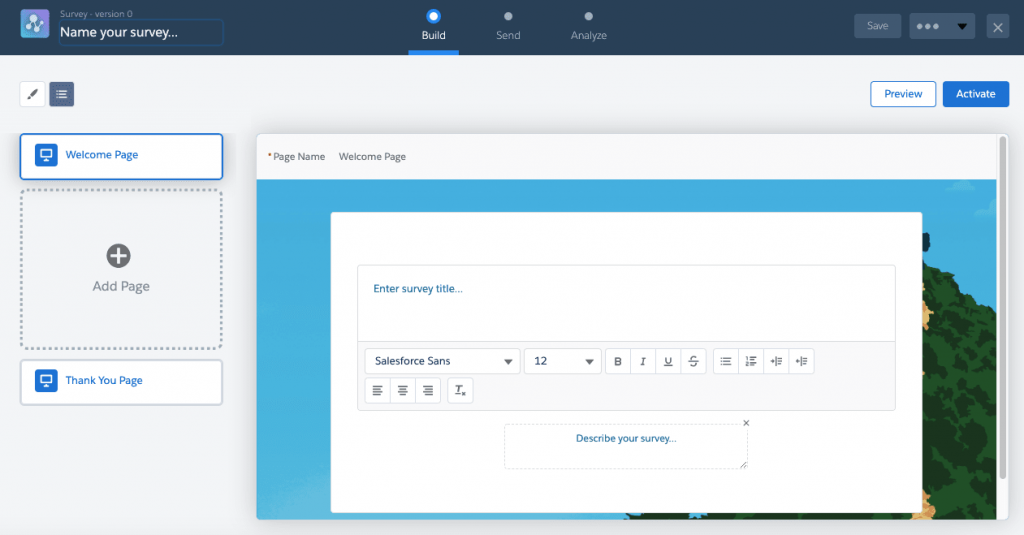
So how can you guarantee that you have an optimal Salesforce user adoption plan in place that makes sure users are aware and prepared for the changes introduced by your Salesforce implementations?
The answer to this question is to ensure that you invest a dedicated amount of time in designing the communication plan, training plan, user feedback mechanism, and other important aspects right from the time you design the solution.
Keep in mind that successful Salesforce implementation is typically a long process, which could easily take between 6 months and one year depending on the size of an organization.
Read further to learn what you should keep in mind while developing the Salesforce User adoption strategy:
Best Practices for Salesforce User Adoption
1. Stakeholder Support
Be it an organization-wide transformation or a BU specific change, any Salesforce implementation will impact the way end-users work on a day-to-day basis. Hence, it becomes important to gain executive acceptance and support while driving user communications in order to increase Salesforce user adoption. Having key executives and senior leadership communicate the benefits expected from Salesforce implementation ensures that users are aware of the value expectations an organization has from the implementation and that they are the key drivers for triggering an acceptance of that value.
2. Optimal Training Approach
Please make sure you consider three factors mentioned below before deciding if you want to go with a “Train the trainer” or “End-user training” approach to drive your Salesforce user adoption forward.
- Team size: For larger team size, it is generally acceptable to identify “Change champions” from the team who get trained by the implementation team and act as the first level of contact for end-user training and enablement.
- Team availability: Having a small team does not necessarily mean that “End-user training” would always work. E.g. Key sales team members for the organization would not have the availability for detailed training no matter how small the team is.
- Team readiness: It is important to assess the technological readiness of end-users to define the format of your training content. If the users are being introduced to Salesforce as a solution for the first time, it would make sense to design the training material in storytelling format with content curated per the end-user process.
Despite which approach you decide to take, it’s always beneficial to take advantage of free training resources available on Salesforce Trailhead. For example, you can ask your employees dealing with Sales to complete the following trail, while your marketing and customer success people can get up to speed with the Marketing trail.
3. Triggered Motivation
Organizations have often witnessed that even after providing regular updates and detailed training, the end-user adoption numbers do not grow as per the expectation. The primary reason here could be the fact that while the end-users have been acquainted with Salesforce, they still don’t have enough motivation to step out of their comfort zone and start using the new system. This can be overcome by enabling a directed usage of Salesforce with below initiatives:
- Slowly phase out the use-cases available on the legacy system, so that users have to start using Salesforce
- Incorporate process that can be exclusively recorded on Salesforce
- Conduct performance reviews based on the information from Salesforce reports and dashboards
- Introduce gamification initiatives to enable peer-based adoption
- Keep your new users recognized and rewarded for adopting Salesforce
4. Reporting on Salesforce User Adoption
Make sure you have defined feedback and adoption tracking reports in place to track user adoption on a daily basis. Leveraging these insights, you can further decide which users to target, training material changes needed and how to plan for future release communications. You can implement ready-to-use apps from the AppExchange, such as Salesforce Adoption Dashboards by Salesforce Labs and InsideBoard.
Some of the Important metrics to ensure successful Salesforce user adoption are:
- User login rates (e.g. over the last 7/14/30 days)
- Record creation rates
- Contact creation rates
- Opportunity creation rates (e.g. How many opportunities have users created in the last 30 days?)
- Activity completion
- Open and Closed tasks
5. Utilize AppExchange
To increase overall company efficiency and to make Salesforce more attractive, more engaging and easier to use, therefore improving Salesforce user adoption rates, we highly suggest considering 3rd party apps from the AppExchange store. Integrating Salesforce with the best project management apps, HR systems, customer service software and more, will make your CRM extremely powerful and one of the main IT systems in your organization.
We’ve also written the ultimate guide to Salesforce AppExchange, in which we share the best tips on how to find the best apps for your Salesforce Org.
6. Hire a Salesforce Admin
This should not even be a question unless you already have people on your team with deep knowledge of Salesforce. And this tip is valid for both large and small organizations. You will often need support from a Salesforce admin, be it the installation of an app from the AppExchange, or adding new users, creating reports for management, and more.
7. Make Clean Data a Priority
Your team will constantly need to fill in new data in Salesforce. Having correct and complete data in the system will have a huge effect on the accuracy of the reporting, so from the beginning, you need to make sure that all of your users understand the importance of having the right data. For your convenience, in one of our previous articles, we have discussed five foolproof data loading tricks that Salesforce admins must know. In another article, we have provided four ways custom Salesforce fields can keep your data clean.
8. Right Communication Strategy
No matter the scale of your implementation, its human nature to resist change. This is why it becomes important that you understand your end-user before planning the communication strategy.
The messaging and content right from product launch, to training manuals and follow-ups, should be designed keeping in mind the day-to-day process end users work with and how using Salesforce will help them.
You can use tools like Scribe to easily record any process and automatically generate a beautiful step-by-step guide in just a few minutes! Then you can share those guides with your end users through a link to embed these guides in your Knowledge articles.
9. Regular Meetings
Make sure that users within the organization are updated regularly and excited about the changes being implemented. Make sure to have a set of communication strategies applicable to the scale and purpose of your Salesforce implementation.
- Meetings: As highlighted earlier, make sure you have a communication plan crafted and signed off during the initial stages of implementation. This especially helps when you have high-end user impacting change like automating a new process via Salesforce (Sales, service, marketing, etc. ) or UI change (Classic to Lightning migration).
- Intermediate Sessions: Make sure you involve stakeholders from end-user teams like conference room pilot sessions of partially created products, release UAT and Go-live communications. This ensures that the users are aware of the changes being planned for in a few days.
Even though following these best practices can’t guarantee a successful Salesforce user adoption, these tips have proved to save time and money for many organizations. And now with these practices in place, you are ready with a set of enabled users who are ready to understand and appreciate your Salesforce implementation and the value it delivers.

